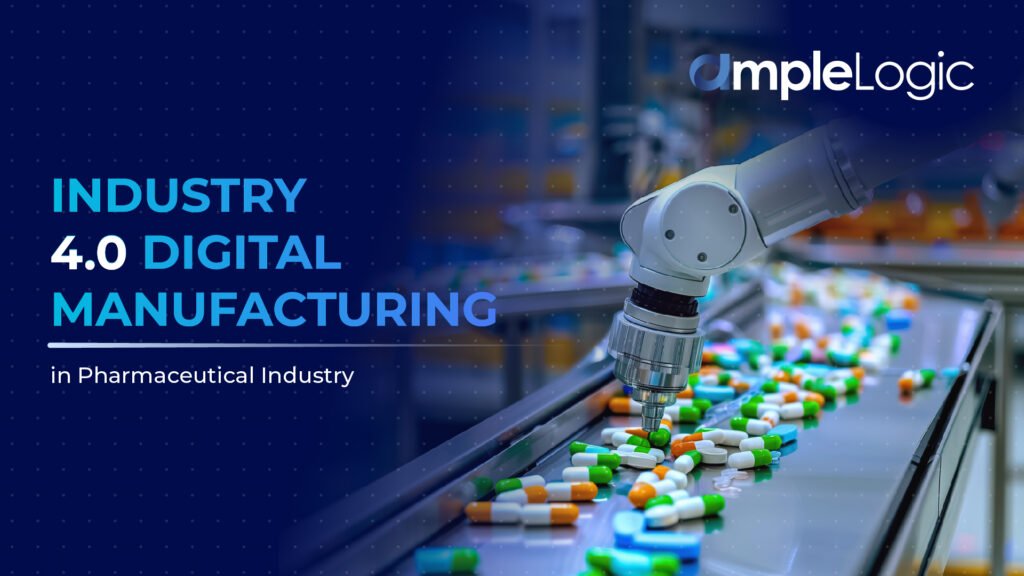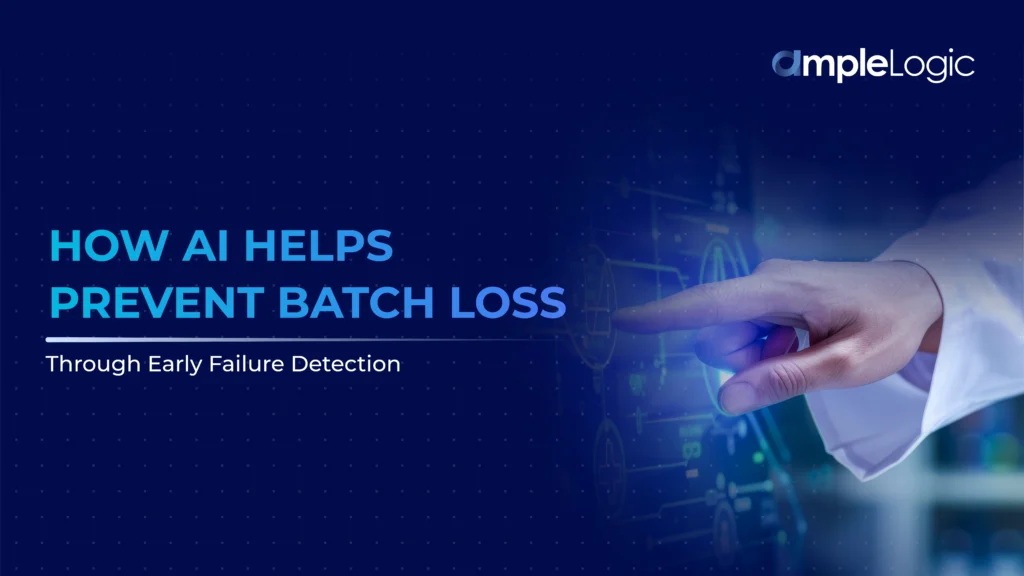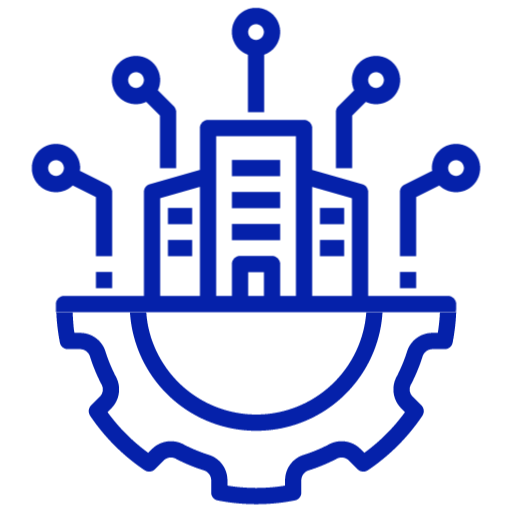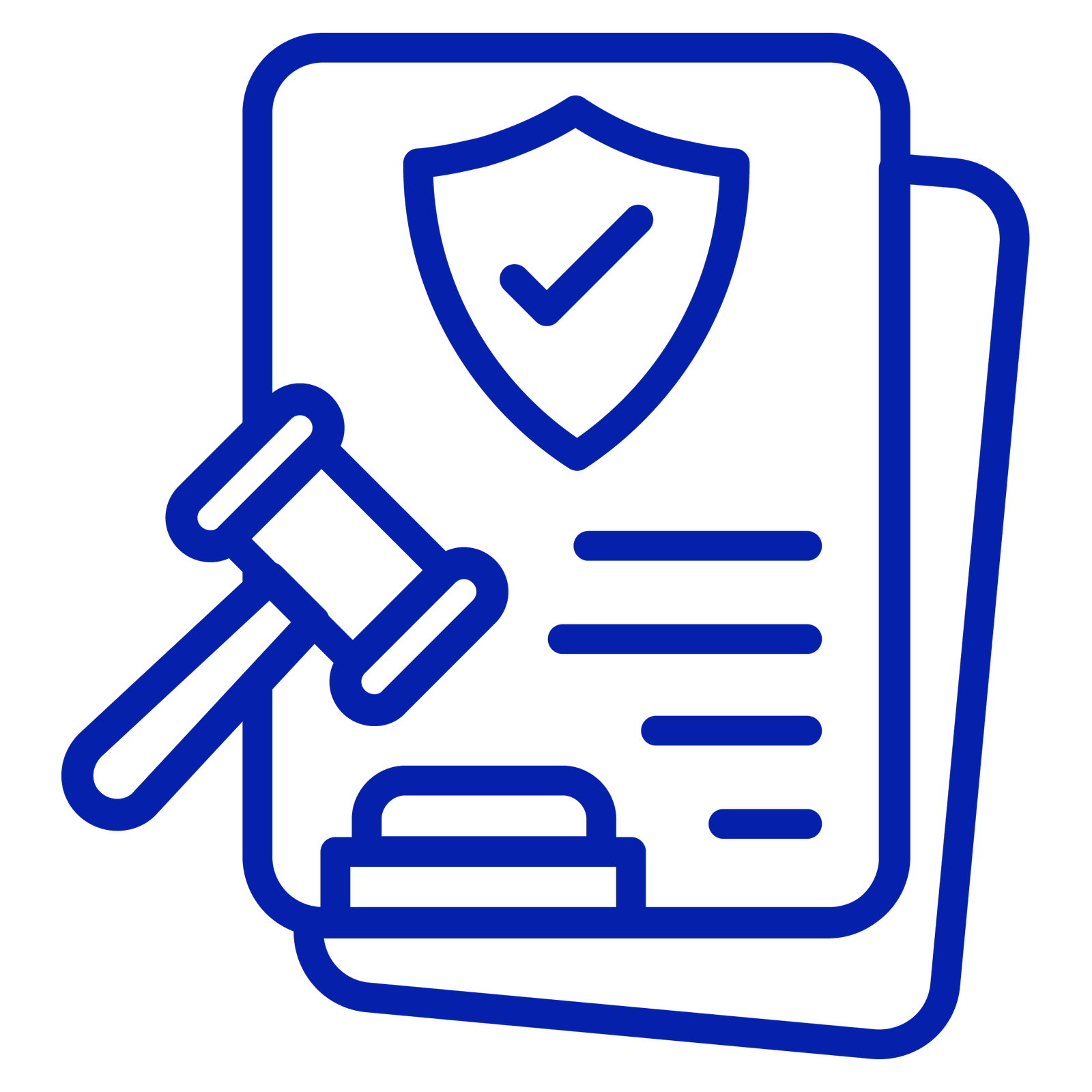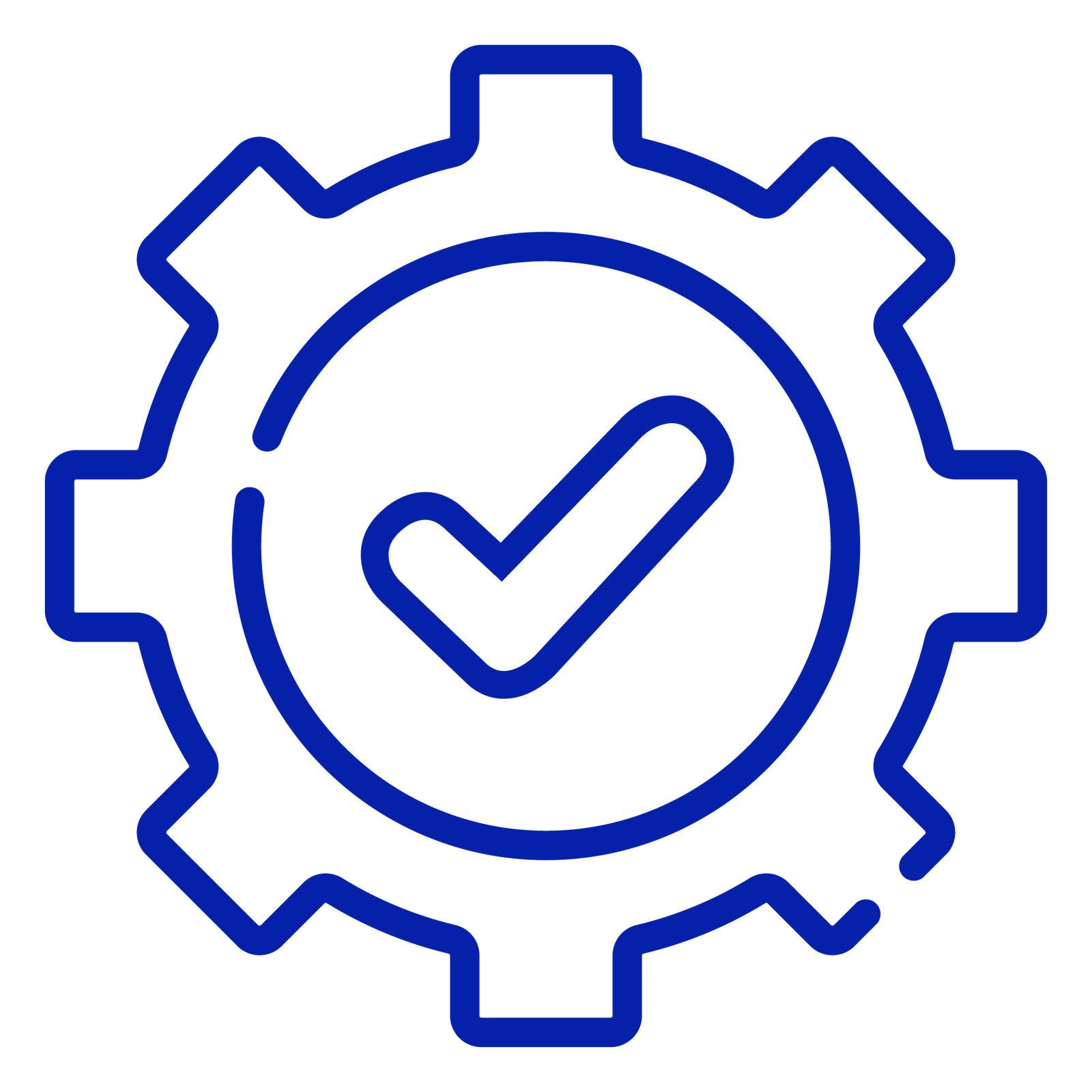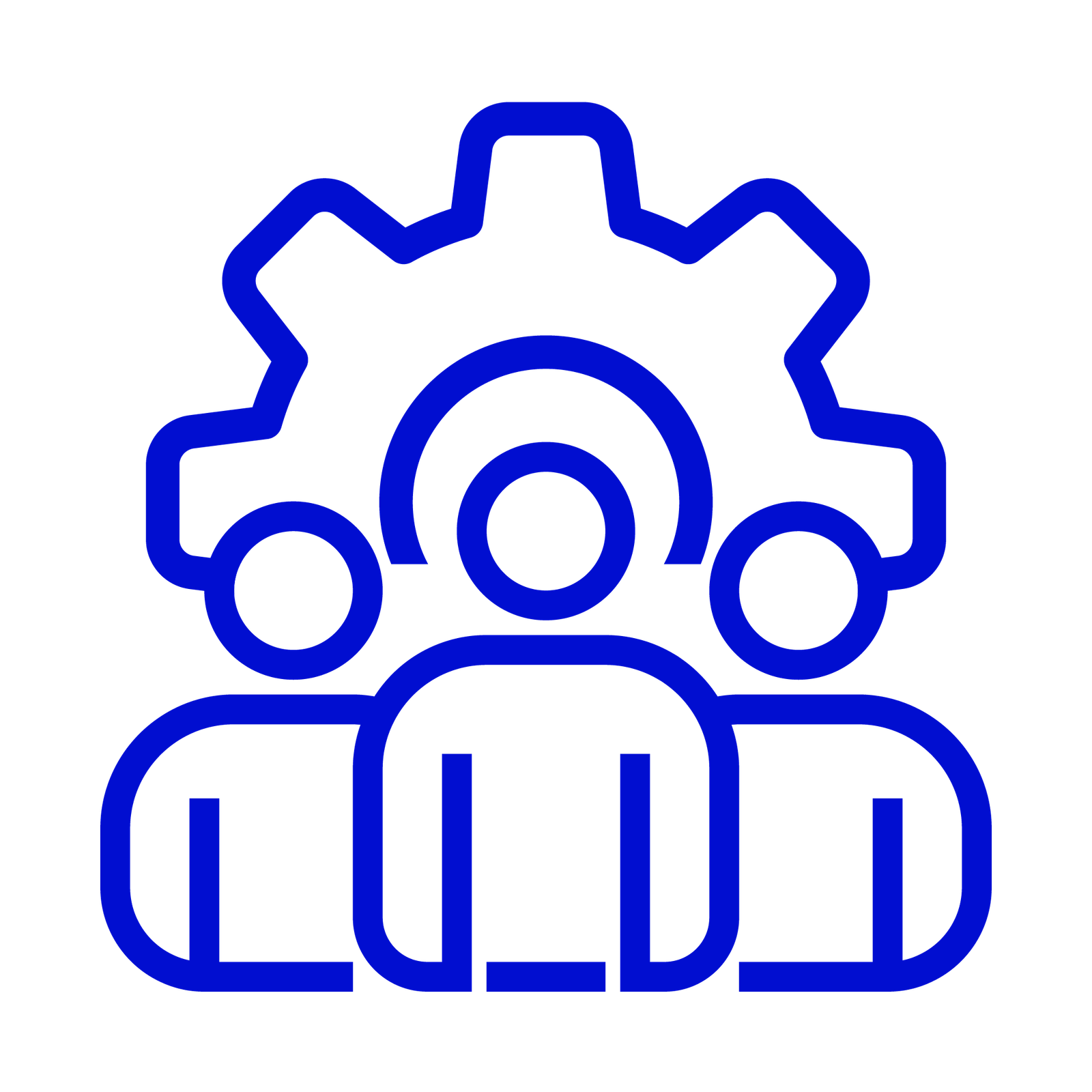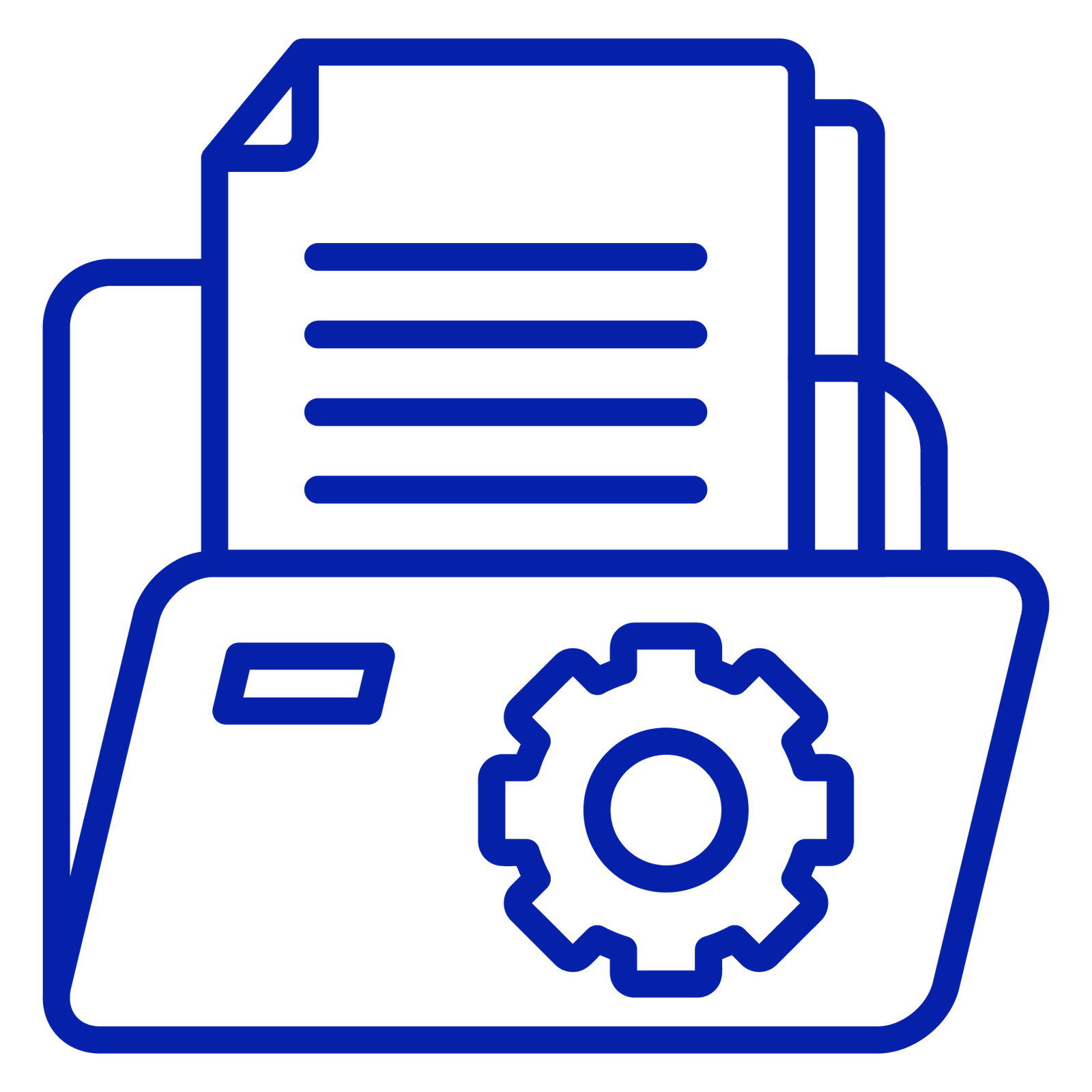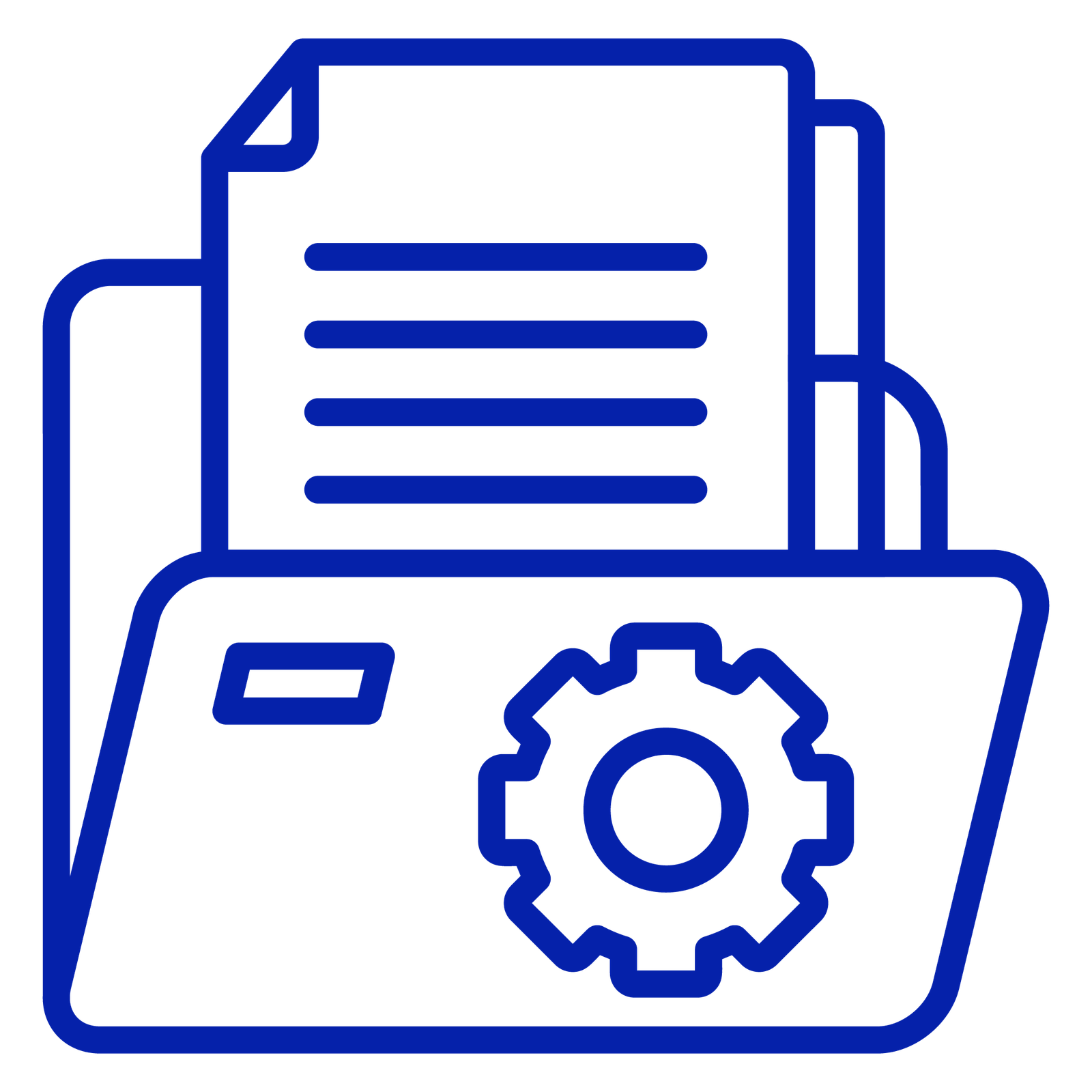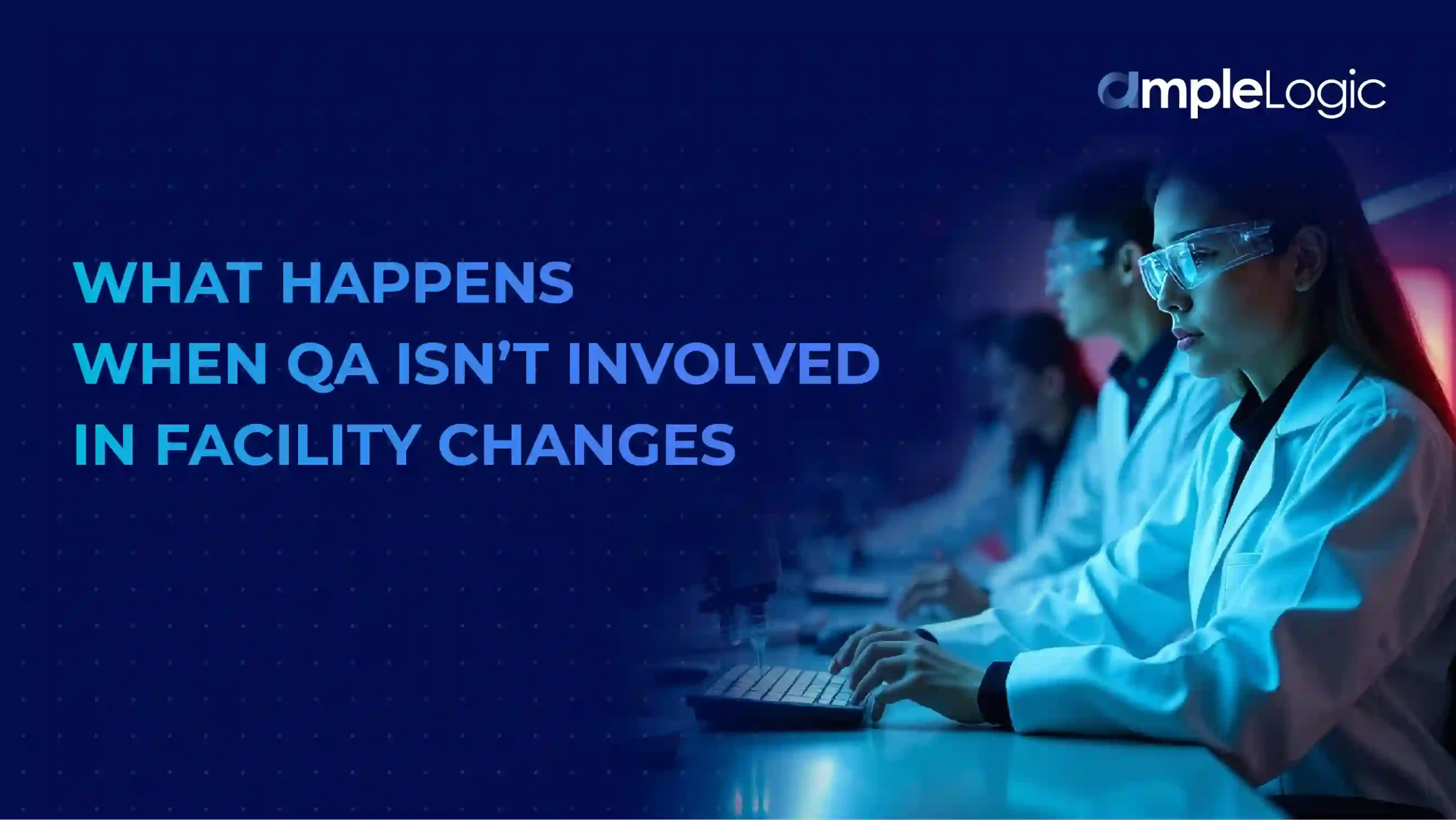
Facility modifications in GMP environments, such as reworking airflow systems, altering classified zones, or adding new production equipment, can quietly undermine GMP compliance if executed without structured QA involvement. Yet in many pharma plants, engineering changes happen faster than quality review can catch up.
In FY 2023, the FDA issued 1,435 observations under 21 CFR 211.22(a), highlighting recurring gaps in QA oversight, including change control. Facility-related citations under 211.42 also ranked high, pointing to ongoing compliance issues from poorly managed modifications. These patterns reflect a persistent lack of structured QA evaluation during facility changes.
Of the 71 warning letters published in 2023, 69% cited violations related to incoming inspection of raw materials (21 CFR 211.84), but quality unit responsibilities, written procedures, and deviations (211.100), production record review (211.192), and equipment cleaning and maintenance (211.67(b)) were also among the top five most cited areas.
The Root Problem: Manual Change Control and Late QA Involvement
Scenario: A production team removes a barrier in a Grade C room to accommodate new equipment. The change is executed quickly to meet a delivery deadline. No change request was raised. No QA sign-off. Two weeks later, microbial contamination is detected in an adjacent critical zone.
Upon investigation, it becomes clear that airflow patterns were altered, pressure differentials were destabilized, and the aseptic envelope was breached. The root cause? An unauthorized facility modification was made, and QA was informed too late.
This is not rare. In manual or semi-digital setups, QA is often looped in too late, or not at all. The cost? GMP deviations, CAPAs, production delays, and audit flags.
Real-World Consequences:
- Contamination risk due to altered cleanroom zoning or HVAC interference
- Unqualified areas for producing or storing products
- Non-compliance with EU GMP Annex 1 and 21 CFR Part 11 requirements
- Regulatory action: Form 483s, Warning Letters, or import holds
- Cost impacts: Batch rejections, investigations, halted production
Reference Snapshot: GMP Regulations
Across global regulatory frameworks, QA involvement in facility changes is mandatory. From requalification protocols in Annex 1 to change evaluation requirements in 21 CFR Part 211, the role of QA is hard-coded into GMP expectations. The table below highlights important industry guidelines that explicitly mandate QA oversight during infrastructure or layout modifications:
| Guideline | Requirement |
|---|---|
| EU GMP Annex 1 (2022) | Requires documented risk assessment and requalification for changes in classified areas before they are put back into use. |
| FDA 21 CFR Part 211.42 | Mandates facilities be designed and maintained to prevent contamination and cross-mix-ups, especially following modifications. |
| ISPE Baseline Guide Vol. 5 & 13 | Outlines that all changes must undergo documented risk evaluation for environmental, product, and data integrity impacts. |
| WHO TRS 986 | States that QA must assess and approve any changes that could impact GMP compliance or product quality. |
The Impact of Non-Compliance: Statistics and Trends
- In FY23, the FDA issued 218 drug manufacturing inspection final classification letters, with the majority of CGMP warning letters issued after on-site inspections.
- The number of Class I recalls (the most serious type) has increased for the second consecutive year, with over 800 recall events in 2021, up from 300 in 2019.
- In FY2021, 35% of FDA-sampled products were found non-compliant, up from 16% in FY2020, reflecting the growing impact of poor GMP oversight.
Why QA's Early Involvement is Essential?
QA’s function goes far beyond reviewing documents; they are the primary gatekeepers of risk assessment across five GMP-critical dimensions:
- Airflow and Pressure Differentials: Are unidirectional flows preserved?
- Zoning Integrity: Has the facility’s zoning logic been affected?
- Material/Personnel Movement: Do routes still prevent cross-contamination?
- Validation Requirements: Are requalification or revalidation activities triggered?
- Data and Documentation: Is the change traceable, reviewable, and audit-ready?
When QA is engaged early, these questions are answered before implementation, not after deviations are raised.
How Digital Change Control Systems Keep QA in the Loop
Digital change control systems, like that of Amplelogic, enforce procedural integrity by embedding QA review into every step of the change process. These platforms not only enable traceability but also ensure regulatory compliance through system-governed workflows.
- Mandatory QA Sign-Off Before Execution
Configured workflows prevent the execution of any facility change without a QA review. This ensures that risk assessments are conducted in accordance with internal SOPs and regulatory expectations.
- Automated Notifications and Escalations
The system generates real-time alerts to all relevant stakeholders, including QA, upon initiation of a change. This reduces manual dependencies and minimizes oversight risks.
- Structured Risk Documentation
Change initiators are prompted to document specific risk areas, including airflow disruption, zoning reclassification, and requalification needs, aligning with EU GMP Annex 1 and 21 CFR Part 11 requirements.
- Complete, Time-Stamped Audit Trails
All user actions, including comments, approvals, and risk justifications, are logged with metadata. These digital records are inspection-ready and defensible in regulatory audits.
Original Framework: The QA Blindspot Curve
| Stage | QA Involvement | Risk Profile | Recovery Cost |
|---|---|---|---|
| Change Request | Early | Low | Minimal |
| Mid-Execution | Reactive | Medium | High |
| Post-Execution | Investigative | High | Very High |
| Post-Deviation | Remedial | Critical | Operationally Disruptive |
The later QA is involved in a facility change, the more complex and costly it becomes to remediate non-compliance.
Actionable Takeaway: GMP Checklist for QA in Facility Changes
This checklist can be used to evaluate any facility change before execution:
- Has a formal change control been raised?
- Is QA listed as a mandatory reviewer?
- Is the change impacting any classified zone?
- Have airflow, zoning, and pressure maps been reviewed?
- Are requalification/validation protocols prepared?
- Has the change been communicated to all impacted departments?
Conclusion
GMP facility integrity is directly linked to disciplined, risk-based decision-making. QA’s responsibility begins before any change takes place, not after. Their role is to assess potential risks and ensure no changes threaten validation or compliance.
By embedding QA from the first step and supporting that process with structured, digital change control systems, pharma manufacturers can avoid hefty investigations, audit risks, and production delays.



